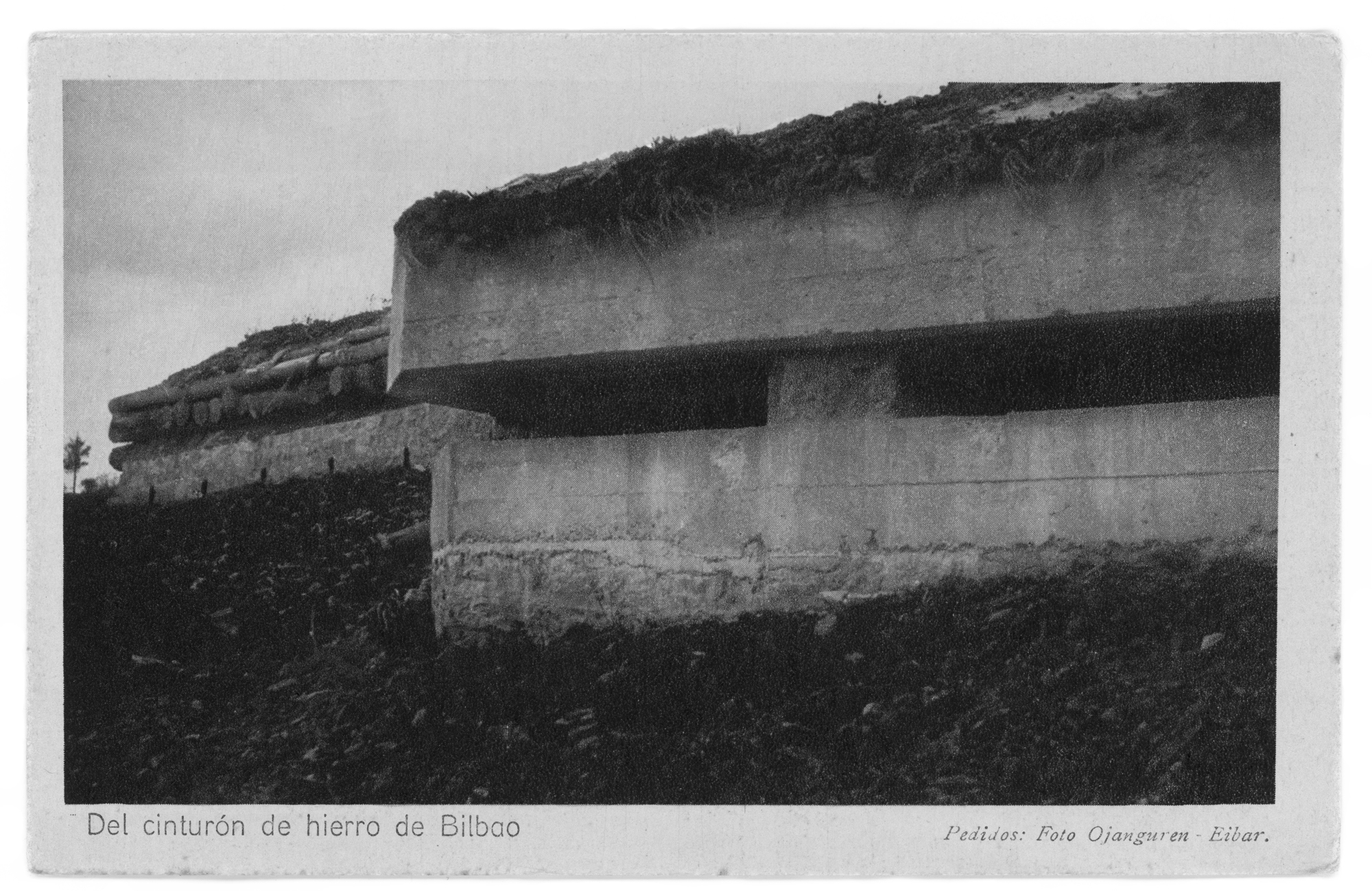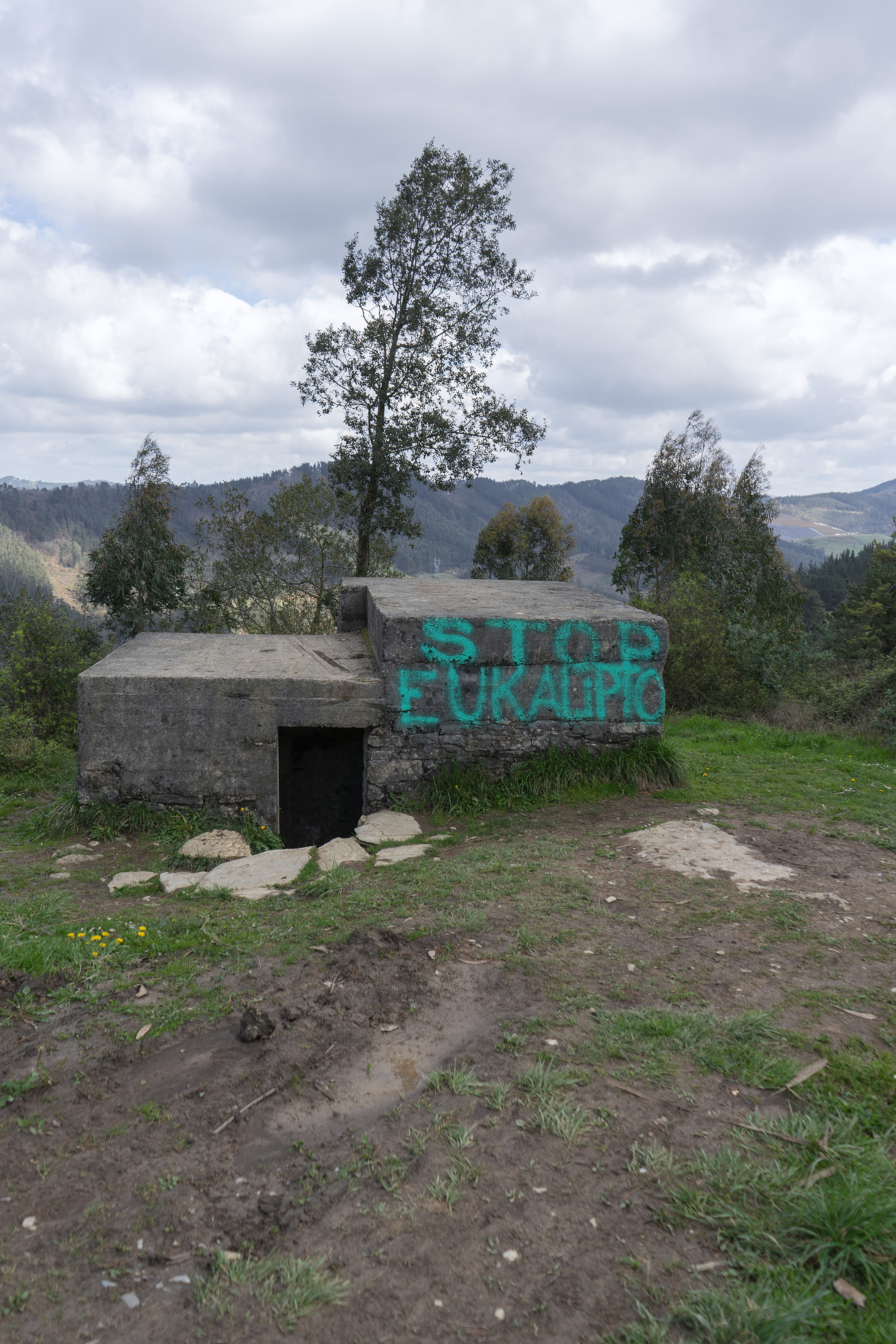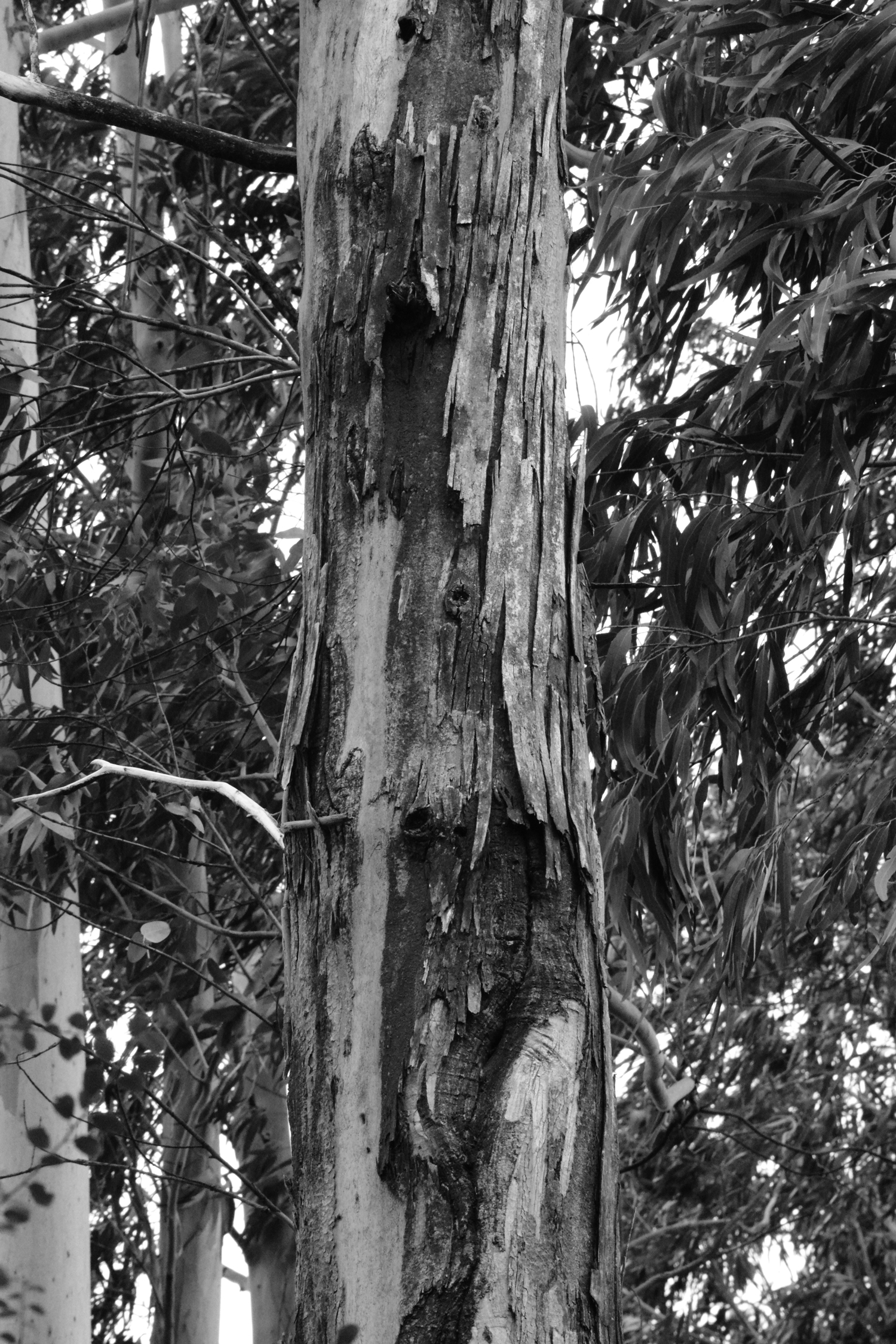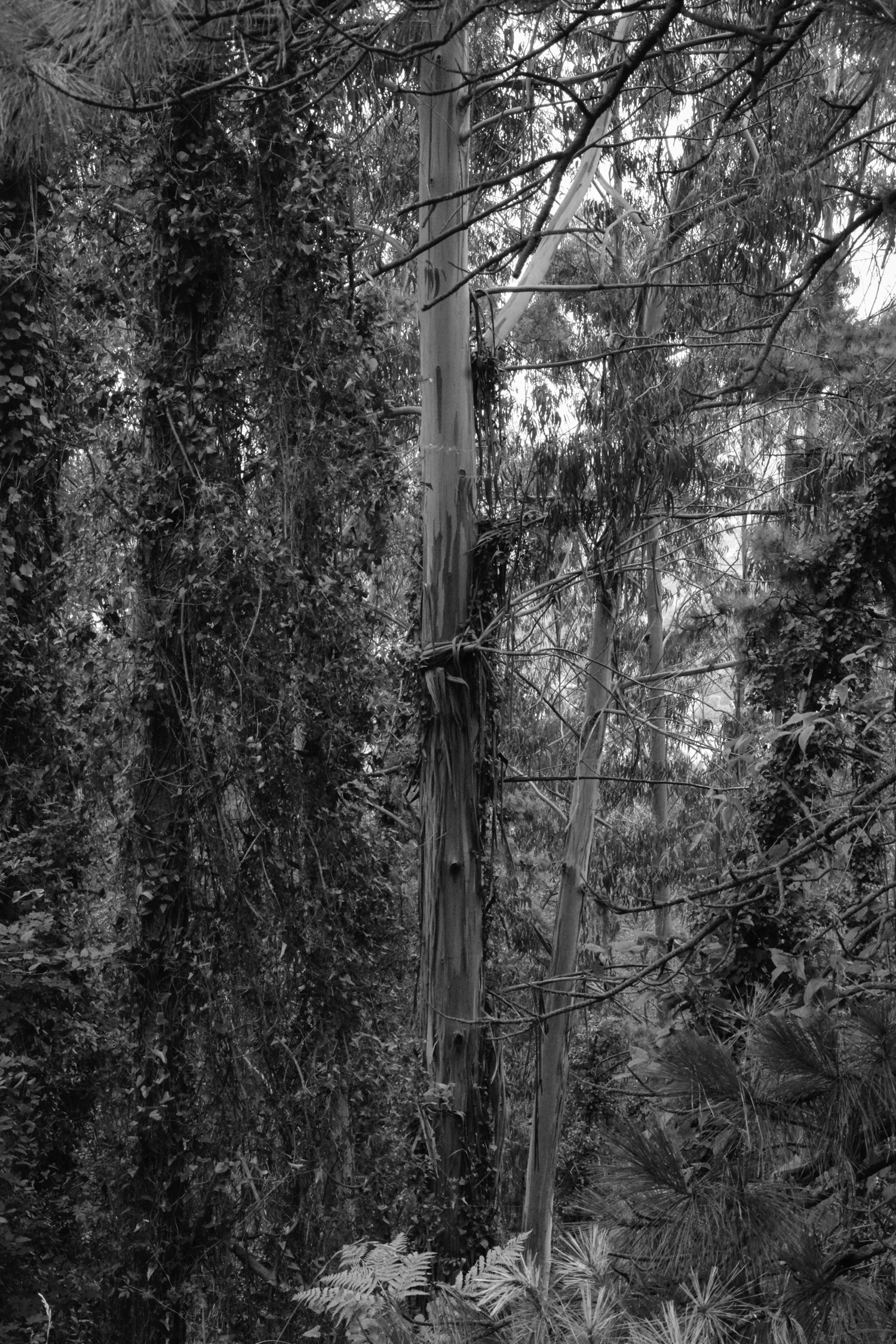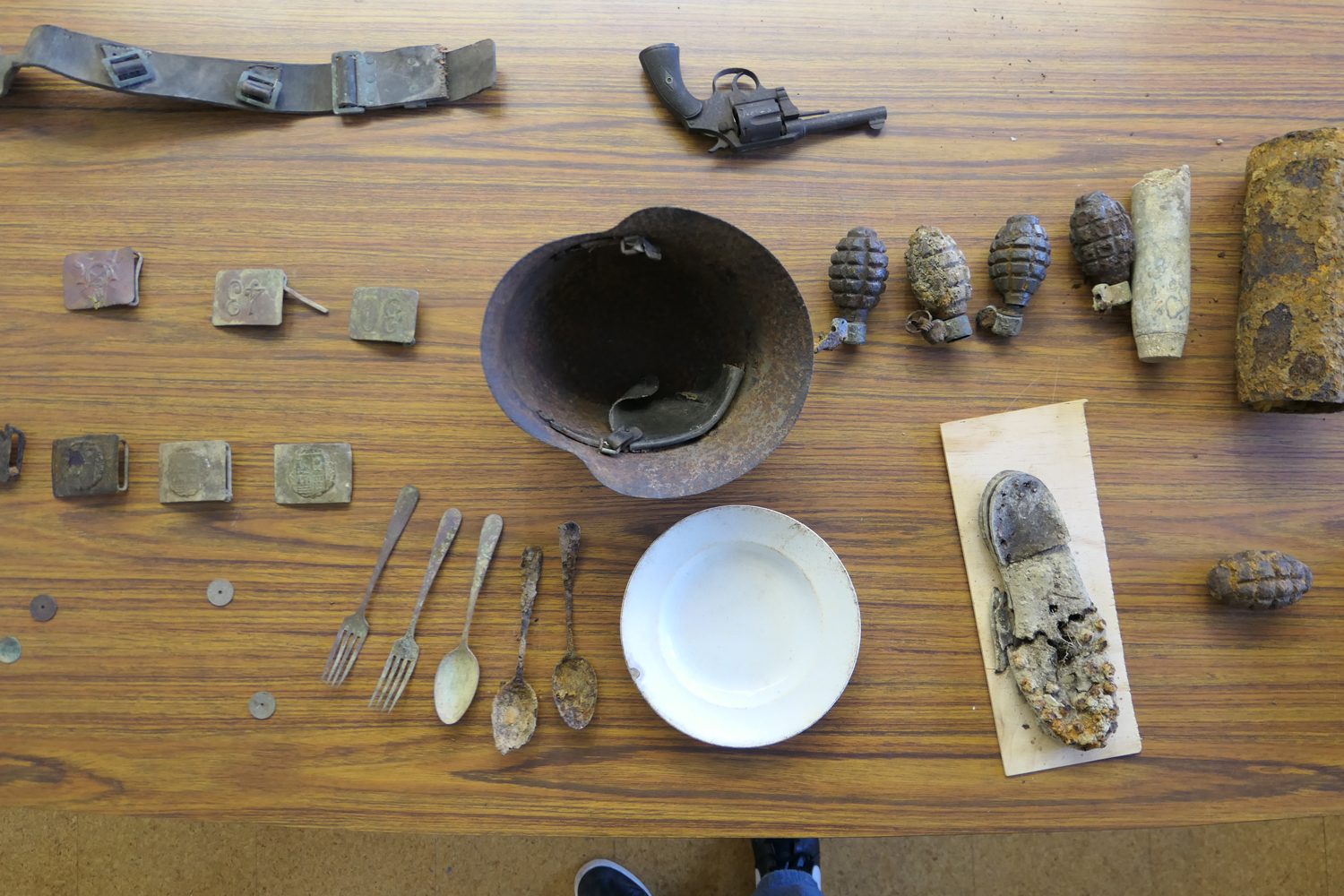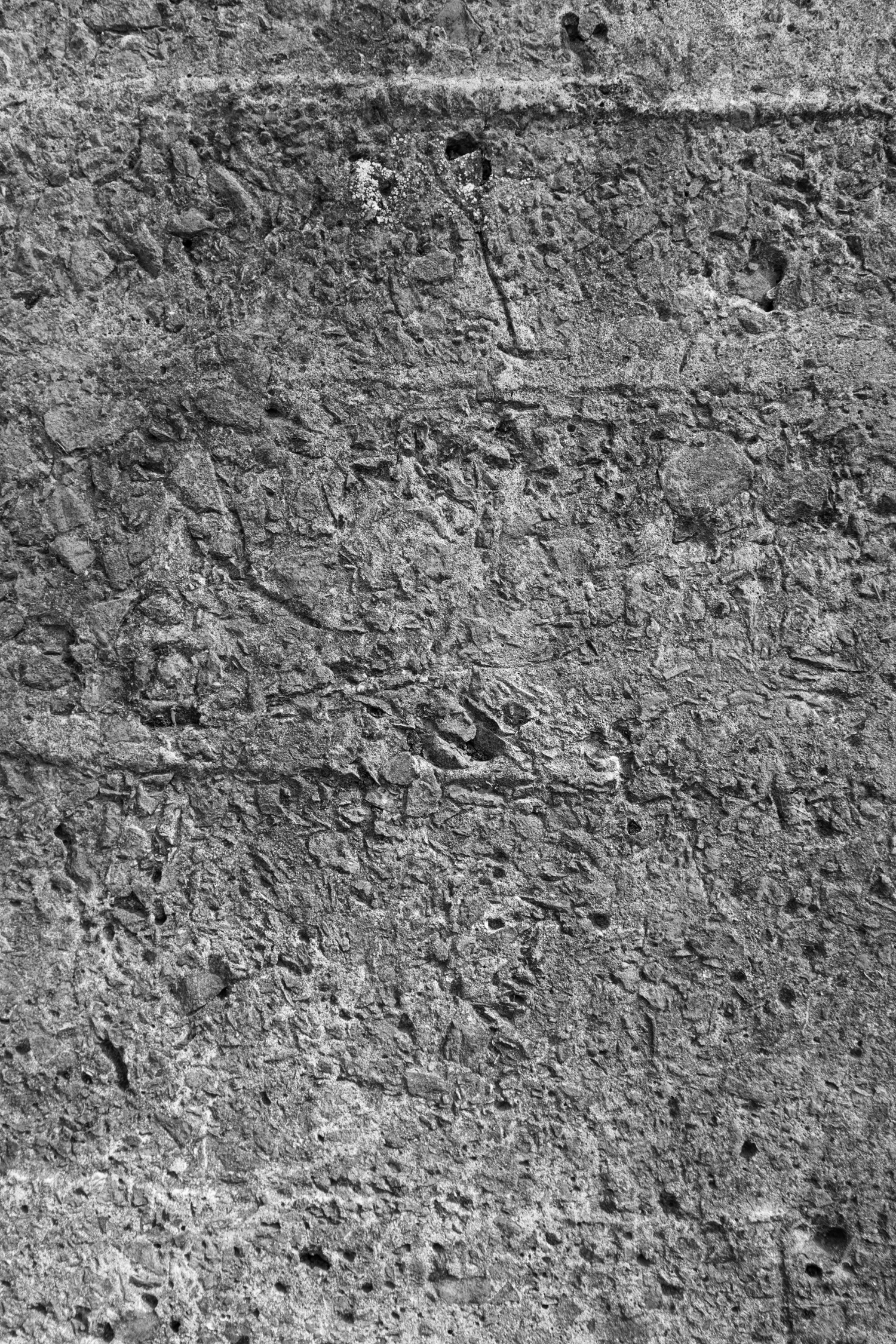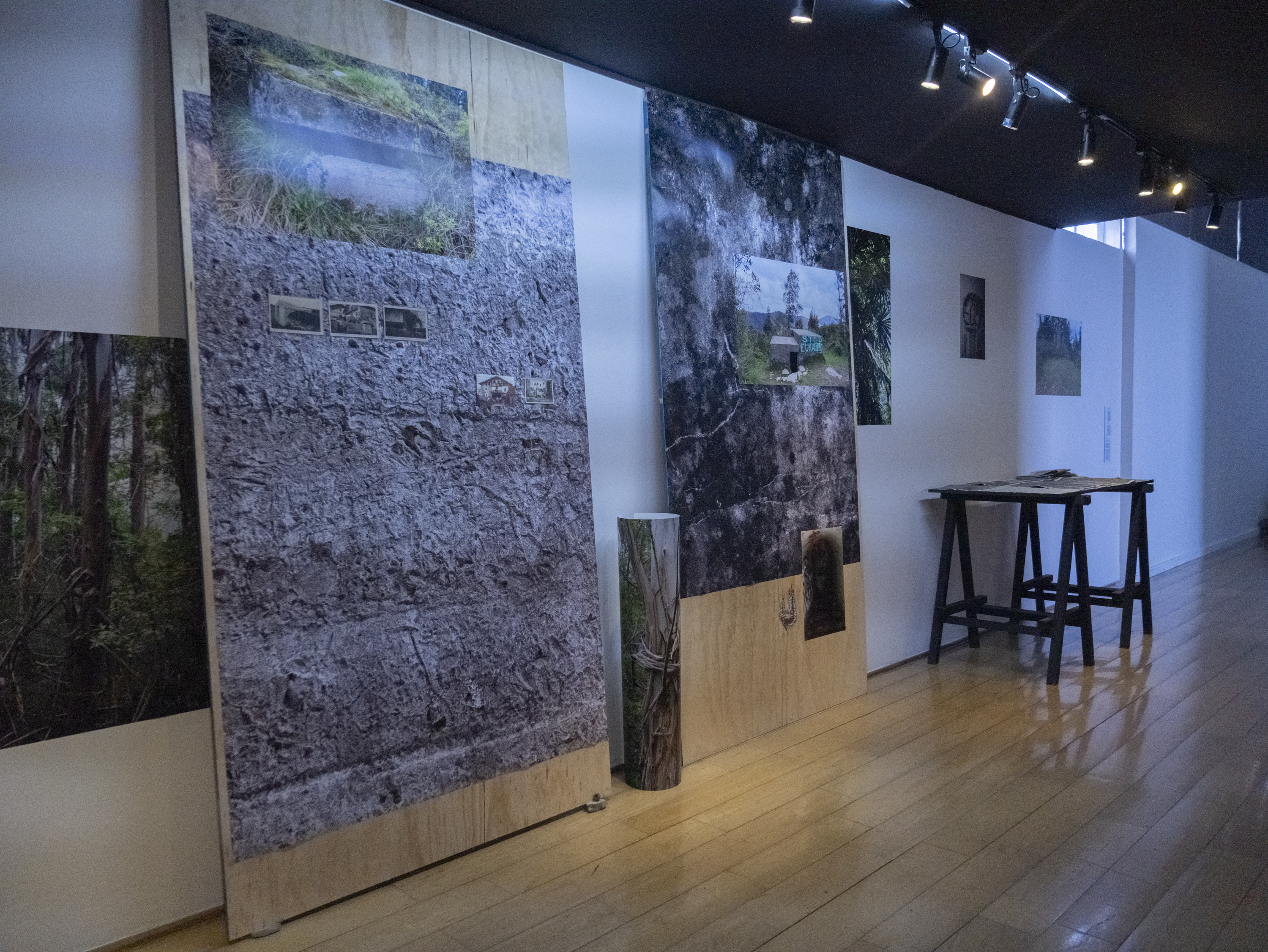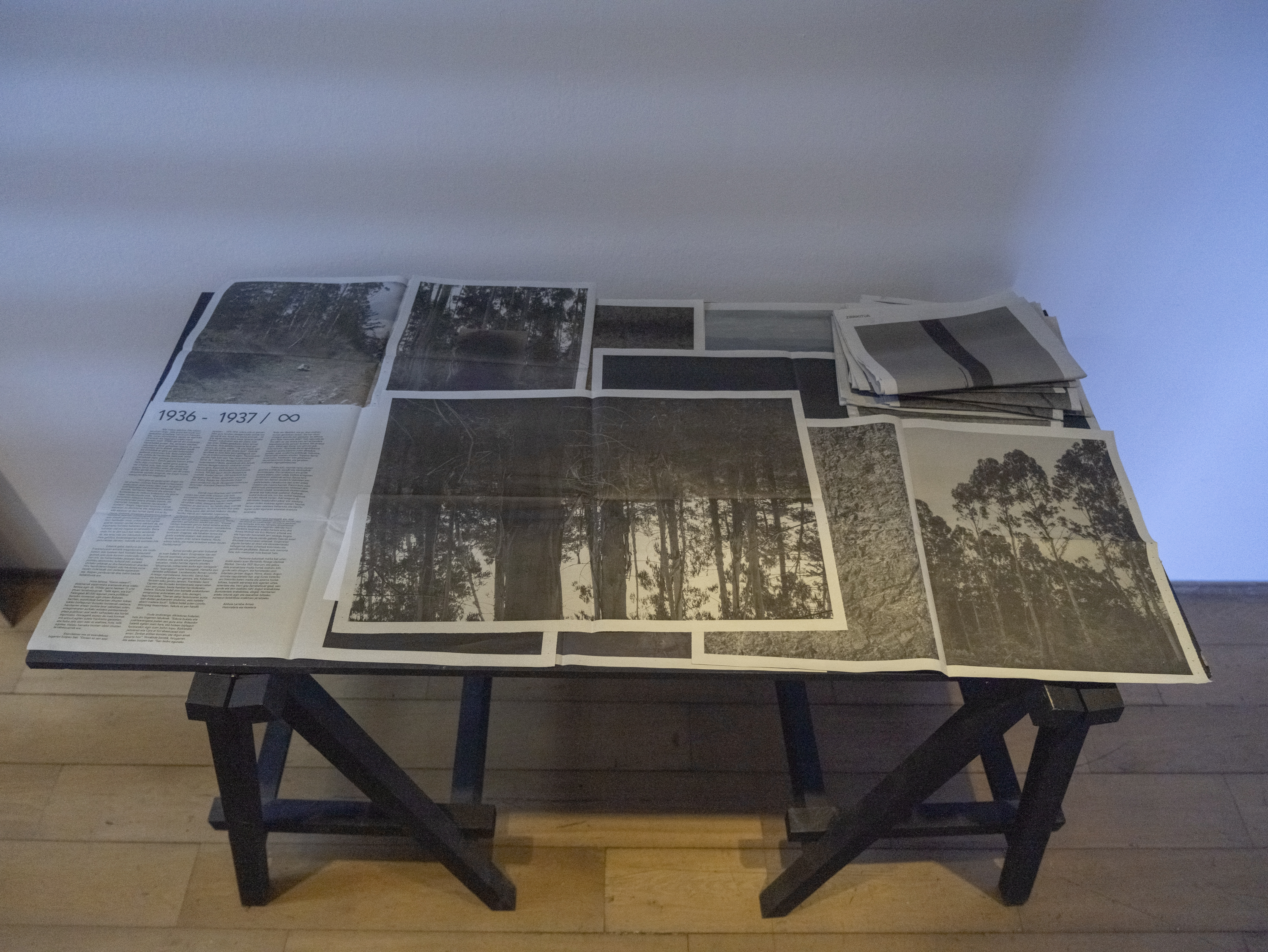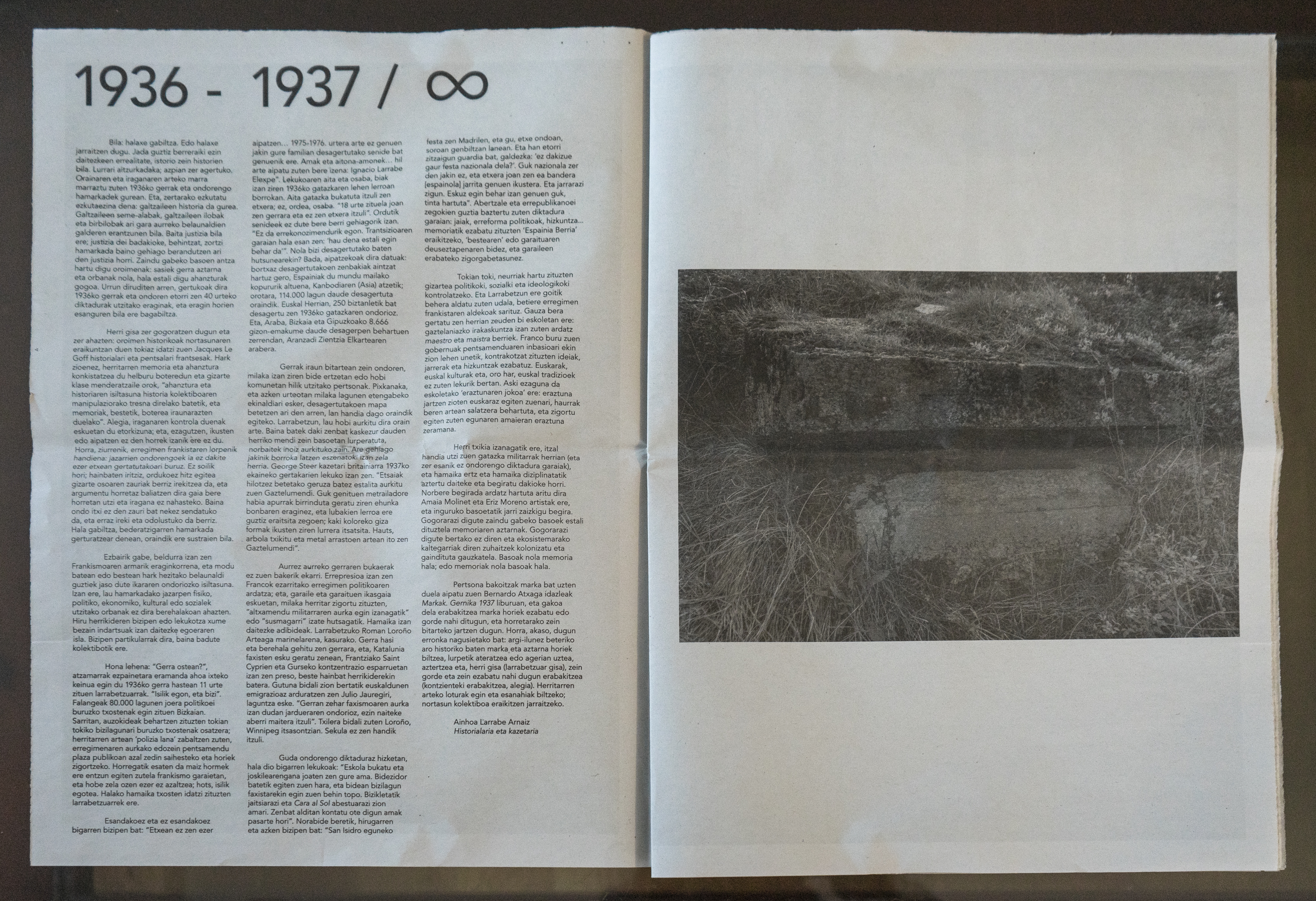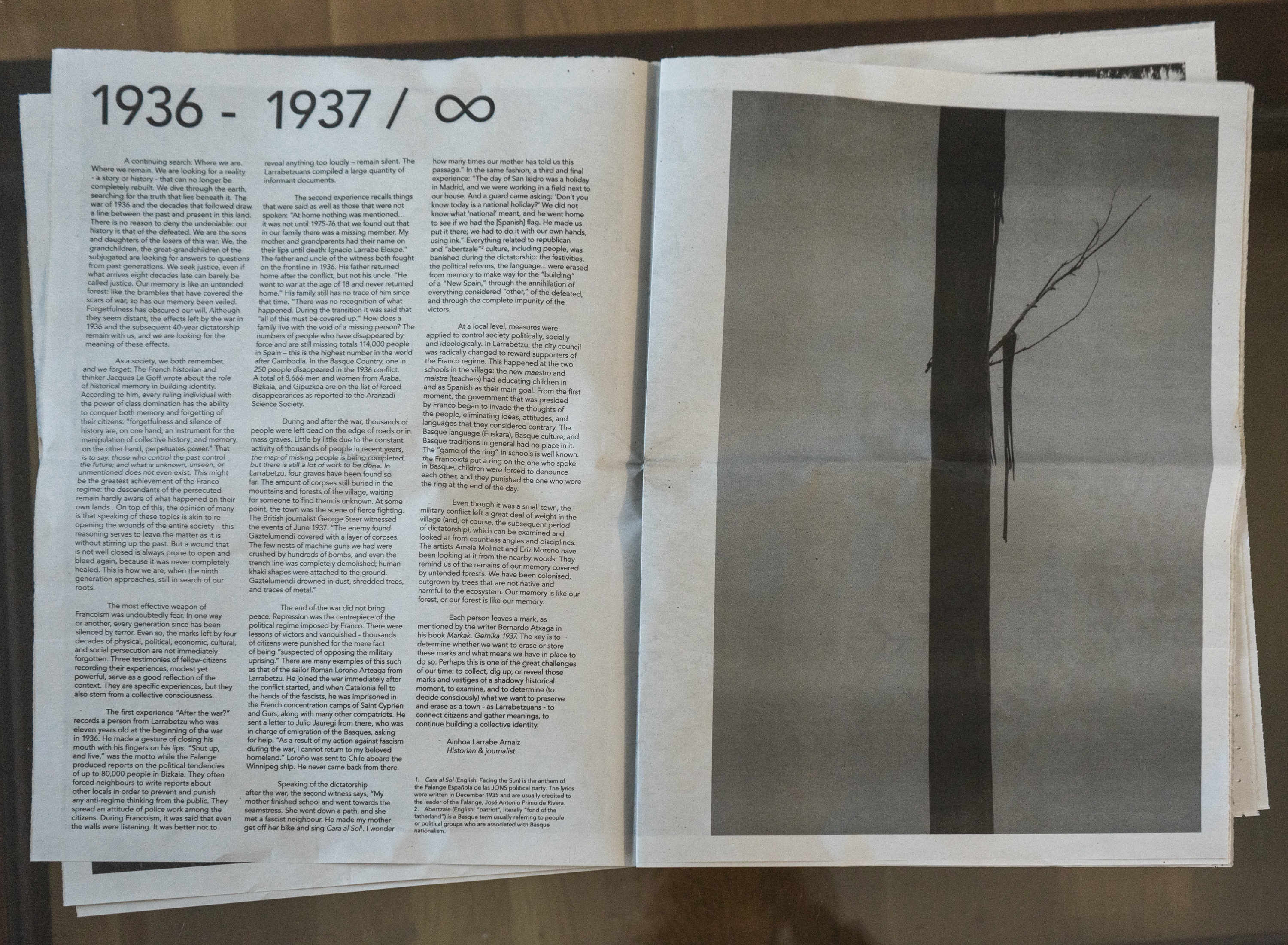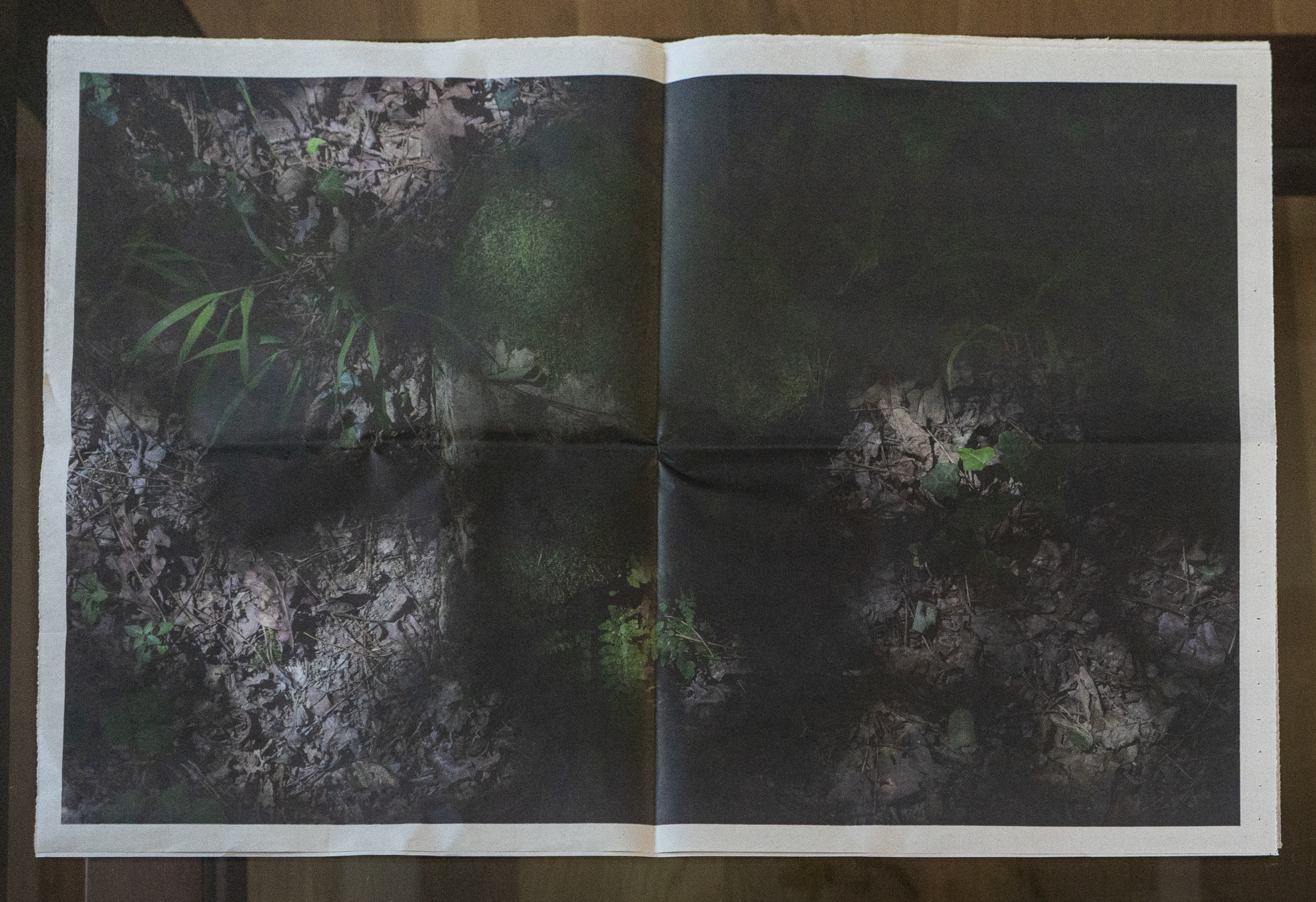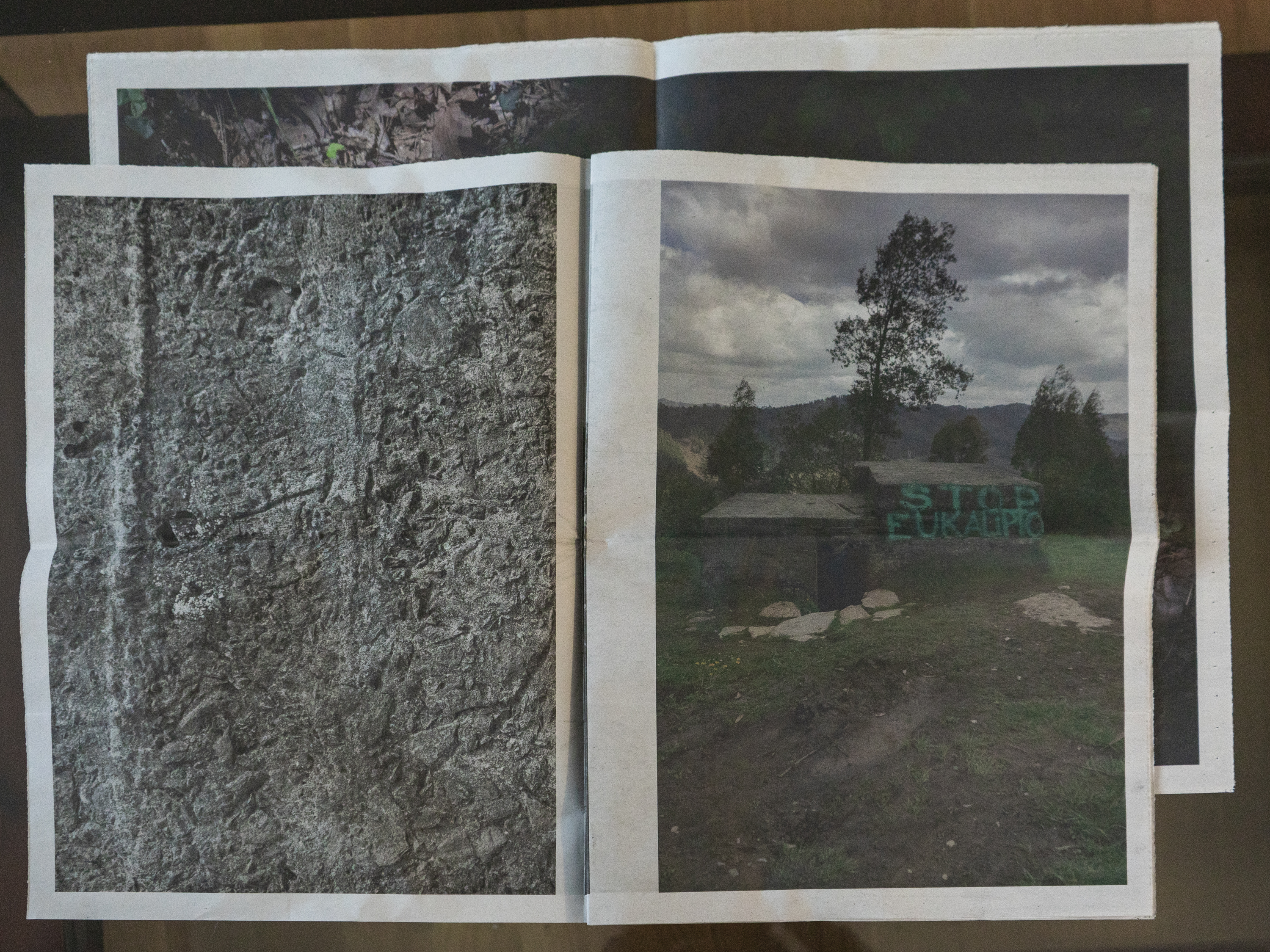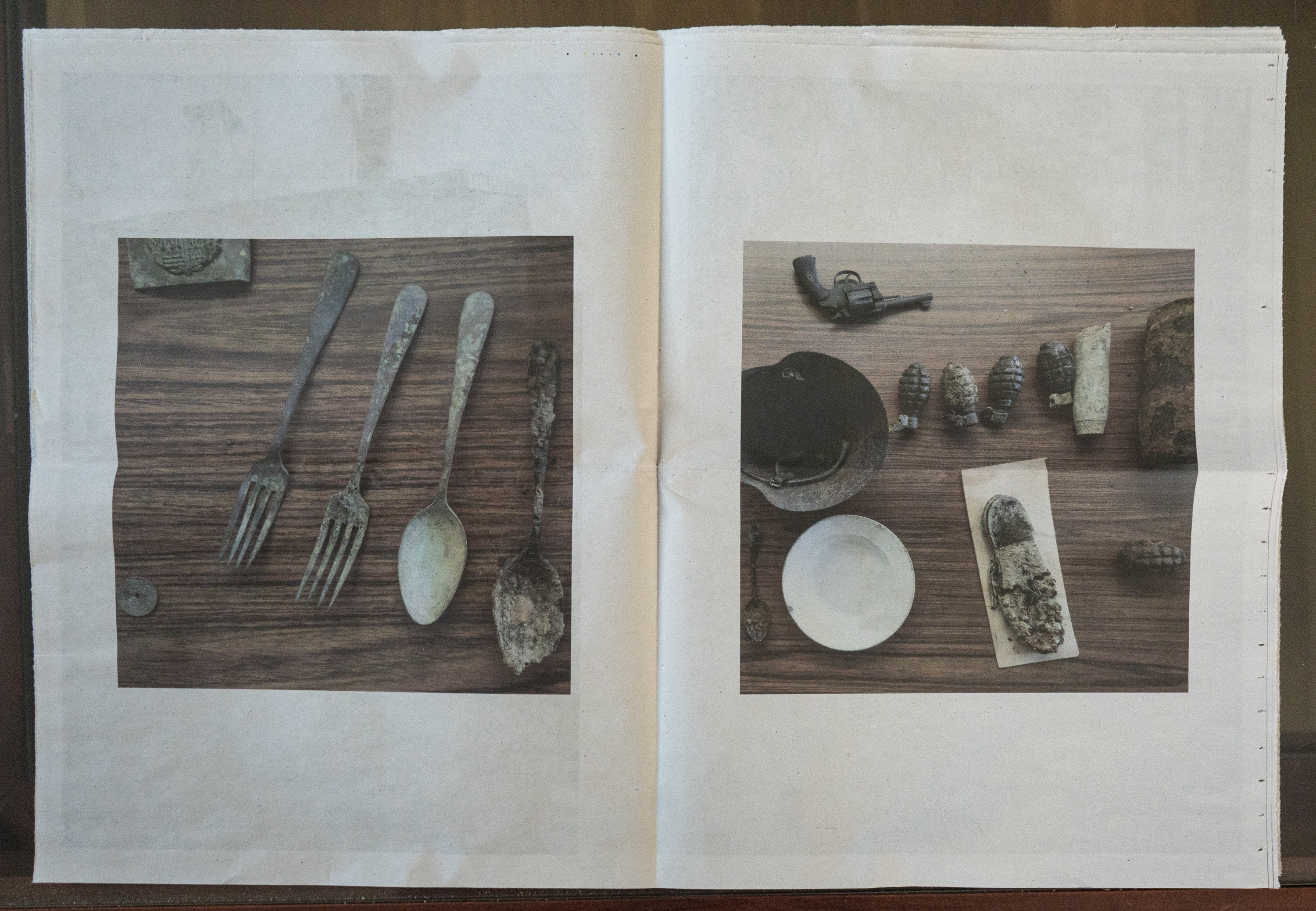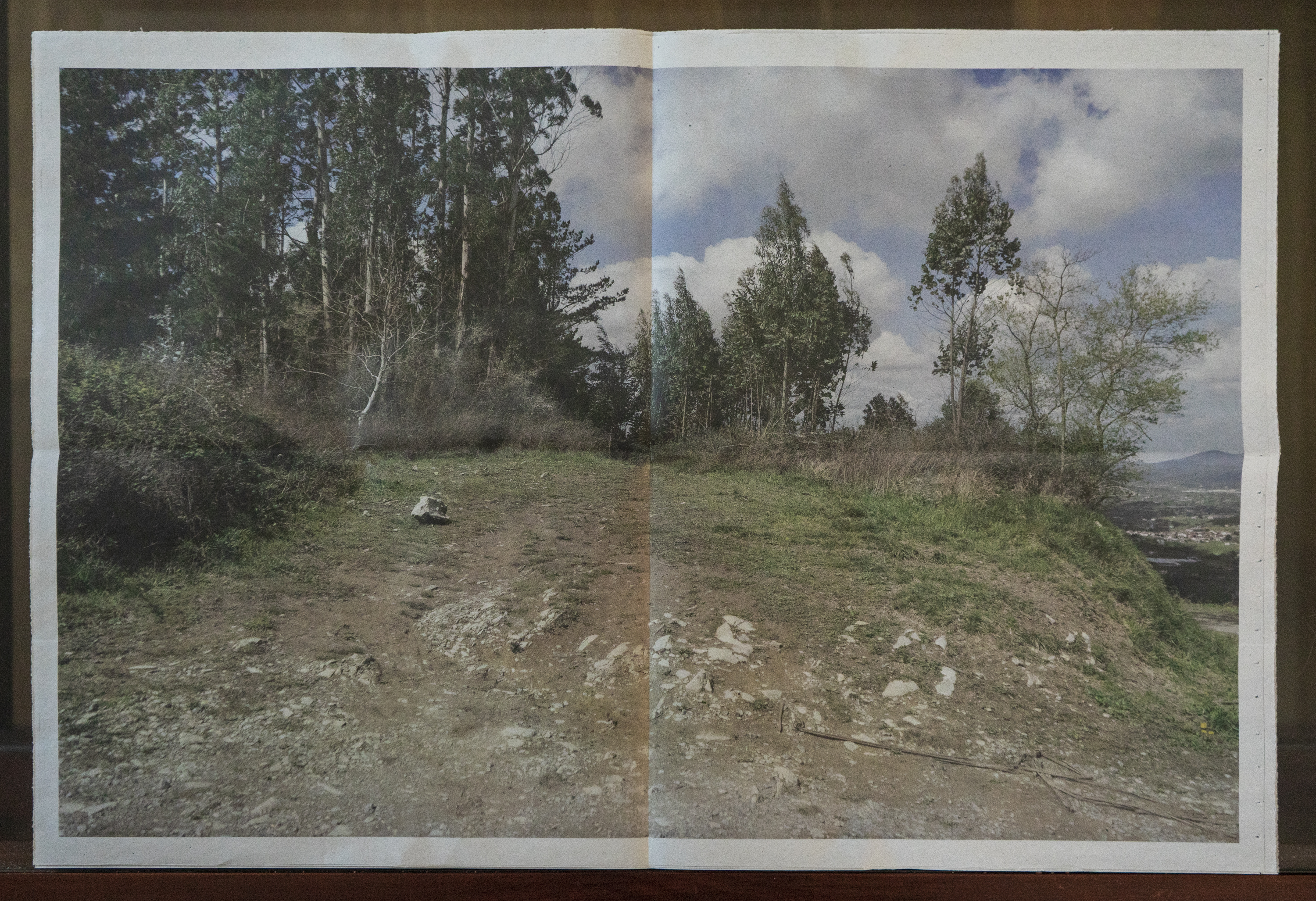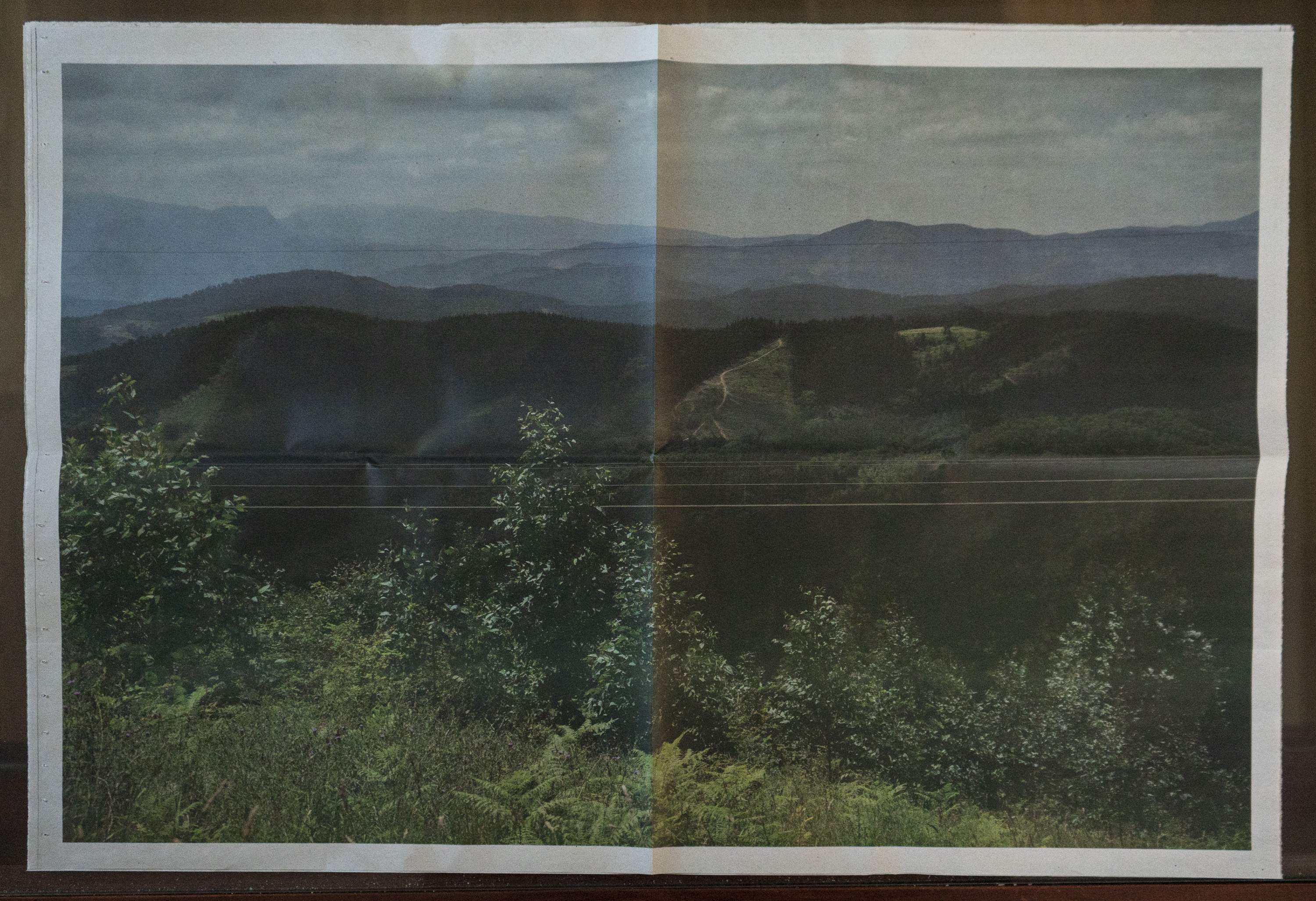For the realization of this project, our journey took us through the remnants of the Spanish Civil War in Larrabetzu and its surroundings. Our primary goal was to delve into the historical traces and tangible remains of this tumultuous past, aiming to capture and preserve the essence of those who once inhabited these war-torn lands. We focused our attention on the bunkers, trenches and the found remains from the soldiers that silently bore witness to the battles of yesteryears.
Starting from the cold concrete that once provided shelter and safety, we photographed these structures of remembrance that bring to the present the emotions, struggles, and aspirations of those who once sought refuge within these fortified walls. Together with the found artefacts, from rusted bullets to shoe prints in the concrete, these remains are silent witness to the untold stories of sacrifice. These relics, thoughtfully collected, offered glimpses into the lives of soldiers and civilians alike, leaving us the resilience and courage exhibited during such trying times.
As our exploration deepened, we discovered an intriguing layer of significance beyond the physical remains. Our research led us to explore the interplay between collective memory and the evolving natural landscape, revealing a remarkable connection. Notably, we encountered the presence of the Eucalyptus tree, a species introduced to the area for its perceived economic benefits, now replaces the native flora. This encounter ignited a profound realization, shedding light on the consequences of human decisions influenced by historical events.
Nowadays, the Eucalyptus, introduced from Australia, serves as a poignant symbol of the complex relationship between the past and present.
